Supima® Gabardine
Certified 100% Organic
Cotton Twill
Gabardine
Petit Point Pique
Birdseye Pique
Honeycomb Pique
Seersucker
Combed Cotton Ripstop
Denim
Denim Fabric, 100% Cotton Denim
59" Wide - $11.00/yd - Weight 8 oz.
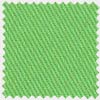 |
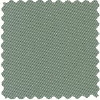 |
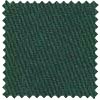 |
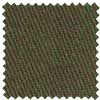 |
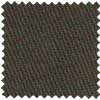 |
|
|
|
Lime |
Sage |
Dark Green |
Jalapeno |
Olivewood |
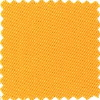 |
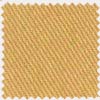 |
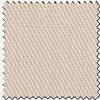 |
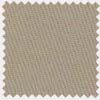 |
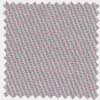 |
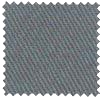 |
|
Gold |
Mustard |
Ivory |
Khaki |
Cinder |
Metal |
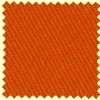 |
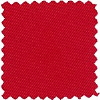 |
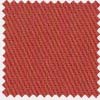 |
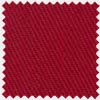 |
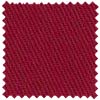 |
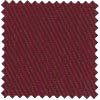 |
|
Orange |
Red |
Terra Cotta |
Red Berry |
Brick |
Burgundy |
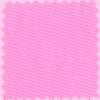 |
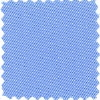 |
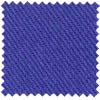 |
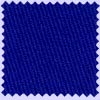 |
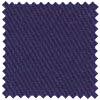 |
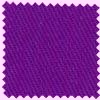 |
|
Pink |
Light Blue |
Blueberry |
Royal |
Navy | Purple |
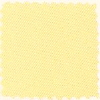 |
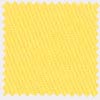 |
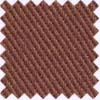 |
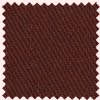 |
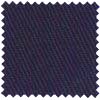 |
|
|
Maize |
Lemon |
Nutmeg |
Espresso |
Midnight |
100% Cotton Indigo Denim
59" Wide - $13.00/yd - Weight 8 oz.
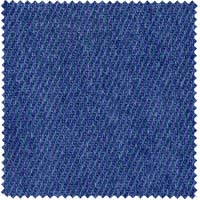 |
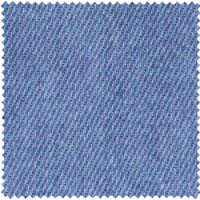 |
|
Medium |
Light |
Denim
The word denim originates from a durable material known as serge, which was first manufactured in de Nîmes, France, by the André family, and was originally called Serge de Nîmes, which over time was shortened to denim.
Denim is a rugged cotton twill textile, where the weft threads go under two or more warp threads. This twill weaving process produces the familiar diagonal lines traditionally found in the material. Denim and the cotton fabric called duck are often confused with each other; however duck does not have the diagonal stripes that are found in denim which is the distinguishing difference.
Another characteristic associated with denim is that only the warp threads are dyed, whereas the weft threads remain white. As a result of the warp-faced twill weaving, one side of the fabric shows the blue warp threads, and the other side shows the white weft threads. This is why blue jeans are usually white on the inside and this is also the reason why their fading characteristics are so unique in comparison to most other fabrics.
Denim has been in use in America as far back as the late 1700’s. Denim was traditionally colored blue with indigo dye to produce blue "jeans". The modern use of the word jean originates from the French word for Genoa, Italy (Gênes), the place that the first denim trousers were made. Today, denim is available in a wide range of colors.
Dry Denim or Raw Denim
Dry Denim or Raw Denim is when the denim material is left unwashed after the dying process.
Clothing made in dry or raw denim will fade over time during the use of the garment. This type of fading is very popular because the fading is unique to the wearer. Normal wear of this type of fabric will create common fading areas where there is stress to the denim. These areas are typically found on the upper thighs, known as whiskers, the ankles, known as stacks, and behind the knees called honeycombs.
Today’s factories now make non dry denim to replicate the desirable distressed and faded look of dry denim that is created by normal wear over time. This is done in the manufacturing process by creating strategically placed fading and distressed marks. Although the distressed marks of non dry denim are not unique to the wearer, this finishing process is extremely popular.
Selvage Denim
The term selvage, sometimes spelled selvedge, derives from the term “self-edge” which is the finished woven edge that runs the length of the fabric. Selvage denim fabric is made on old-style shuttle looms. These shuttle looms weave the yarns using one continuous weft, or cross thread that goes back and forth for the full length of the fabric creating a clean self edge or selvage. The shuttle loom produces a narrow width fabric, about 30”, so it takes more fabric yardage to make a pair of jeans, about three yards or so.
To make use of all of the fabric and cut down on waste, the outside edge of the pant pattern was usually placed on the selvage edge to maximize the yield. After the jeans were sewn together, the bottom hem could be cuffed up to reveal the selvage edge on the outside seam.
Fabric manufacturers’ differentiate different quality fabrics by weaving the selvage in different colors such as green, yellow, brown, white, and the most common being red.
Traditionally, most selvage jeans were dyed using natural indigo dye. Today, however, synthetic dyes are commonly used. The chemical makeup of both dyes are similar, however the natural indigo dye has more impurities.
The demand for jeans increased in the 1950’s, so American fabric mills changed from using the old shuttle looms to more modern projectile looms which produced fabric at a much faster rate, and widths as wide as 60” or more. The synthetic dying process and post-dye techniques were used to keep shrinkage to a minimum.
Selvage denim is always more expensive because of the process involved in producing the desired durability of the selvage edge that never frays.
In response to increased demand for jeans in the 1950s, American denim manufacturers replaced the old shuttle style looms with modern projectile looms. The new looms produced fabric faster and wider (60 inches or wider). Synthetic dying techniques along with post-dye treatments were introduced to control shrink and twist.
Selvage denim is one of the more expensive denims because of its durability, and self-edge that will never fray.
Speak
With a Real Person
1-315-733-1992
7:00am-7:00pm
7 Days a week
EST
T-Shirts |
Polo Shirts
| Golf Shirts
| Shirts |
Sweatshirts
| Hoodies
| Fleece Jackets
| Hats
Jackets |
Tote Bags |
Fleece Blankets |
Wholesale Fleece Blankets
| Fleece Baby Blankets
Wholesale Fleece baby Blankets
|
Sweatshirt Blankets
| Wholesale
Sweatshirt Blankets